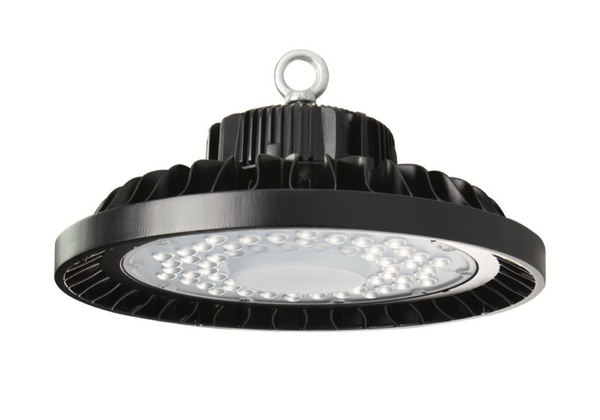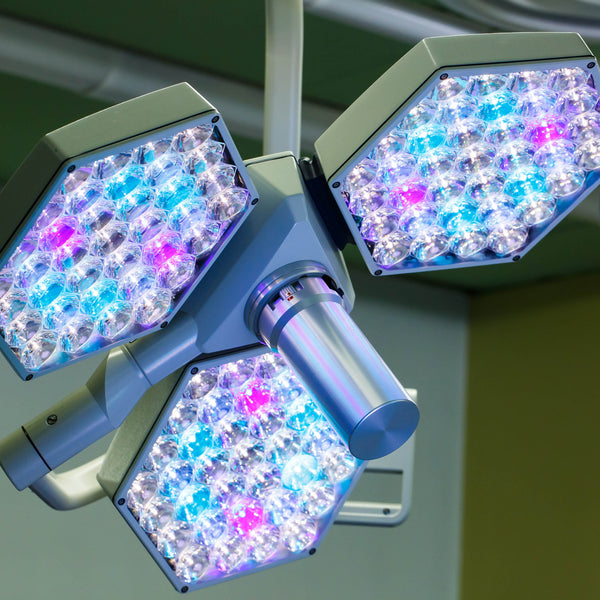Evolution of Holiday Lighting

As Thanksgiving blends into Christmas, festive lights decorate streetscapes, buildings, homes, and trees. The tradition of festive lighting is not restricted to Americans and has a rich history behind it. Yule logs are lit during dark December Solstice- an age-old celebration of lights. While candles, lamps, pagans, and druids have long been used for illumination during festivals, electric lights took advent only after the discovery of electricity. This article will take you through the journey of lighting as it evolved over the years, the special significance of holiday lighting and people who were responsible for it.
The Santa of Christmas Lights- Edward Johnson
While Thomas Edison is attributed as the inventor of electricity, it was his business associate, Edward Johnson, who gets the credit for discovering the modern version of electric Christmas lights. In 1882, Johnson put up a dazzling display of 80 red, white, and blue electric lights around his rotating Christmas tree. Leading publications like the Post and Tribune showered accolades of Johnson’s evergreen tree that looked spectacular despite its scrawny structure.
The landscape of festive lighting has never been the same since then. Simple strings of electric bulbs to ‘smart’ LED lights- holiday lighting has come a long way.
High-Voltage Arc Lights
High-voltage arc lights paved the way for self-contained incandescent lights. Chemist Humphry Davy experimented with two carbon rods producing an electric current and a high point of brightness. Though the design wasn’t sustainable or safe, it was the trigger needed for the development of incandescent lights.
First Incandescent Lights
In the early 1850s, Sir Joseph Swan came out with the first carbon filament electric bulb. The only drawback was that the filament burnt out rapidly in the presence of oxygen. Thomas Edison, who was exploring the filament design himself, convinced Swan to join his research and subsequently bought rights to Swan’s design.
Edison and Swan experimented with different materials to substitute the fragile filament material. Tungsten filaments were discovered much later. Carbon filaments were found to be the best alternative. In 1880, the first electric bulbs with durable carbon filaments were manufactured.
Electric Christmas Lights
Edison’s electric company started manufacturing and selling small, pear-shaped glass bulbs that could be strung together to light up Christmas trees. In 1895, the White House used Edison’s glass bulbs to decorate their majestic Christmas tree. This was hailed as the first electrically illuminated Christmas tree in history.
By 1900, stores began selling electrically decorated Christmas trees. As these were too expensive, efforts were made to look for lower-costing technology. In 1903, the American Eveready company began selling pre-wired electric lights that came with a plug and socket. As a further advancement, pluggable jacks facilitated plugging the lights into telephone wires instead of electric sockets.
The Almost Indestructible NOMA
Albert Sadacca and his brothers set up the NOMA Electric Company that ruled the light fixtures industry for nearly four decades. They manufactured tiny, colored electric bulbs that were hazard-proof even in areas prone to voltage fluctuations. Legend has it that Albert Sadacca was deeply impacted when he saw a house going up in flames from Christmas candles, when he was just 15 years old. The incident pushed him to think of safer electric and light fixtures and he came up with the idea of NOMA Company. His electric bulbs were an instant hit with shoppers and NOMA became a household name.
Thermostat-Controlled Lights
Blinking lights controlled by thermostat came next. The thermostat is a metal strip that expands and turns when heated, and contracts and returns to its original form when cool. Bulbs fitted with thermostat gave a twinkling blinking effect when switched on. Patents were filed for this unique design and the same concept is used till date in red-tipped blinker bulbs.
Bubble Lights
Carl Otis invented bubble lights that used lightweight low-boiling point oil in vials. Later, NOMA filed a patent for the same and marketed the lights extensively during World War II.
Safe Lights with Fuses
In 1951, NOMA came up with safety fuses for electric lights. These tiny, vial-type devices could cut off the electric supply when subjected to very high current fluctuations. This was another step of NOMA to make electric fixtures more safe and durable.
Smart Lights
Gradually, the novelty of flickering lights wore off. New inventions such as audio-controlled and computer-controlled lights came up. Thousands of mini lights were assembled in intricate arrangements and switched on, off and changed their colors depending on computer-generated inputs.
The Way Forward- LED Lights
LED holiday lights came into play in holiday lighting in the 1990s when semiconductor material was used that emitted light. Since then, LED lights have dominated light market owing to their longer life and better illumination.
We bet you won't be looking at holiday lighting the same way again.



